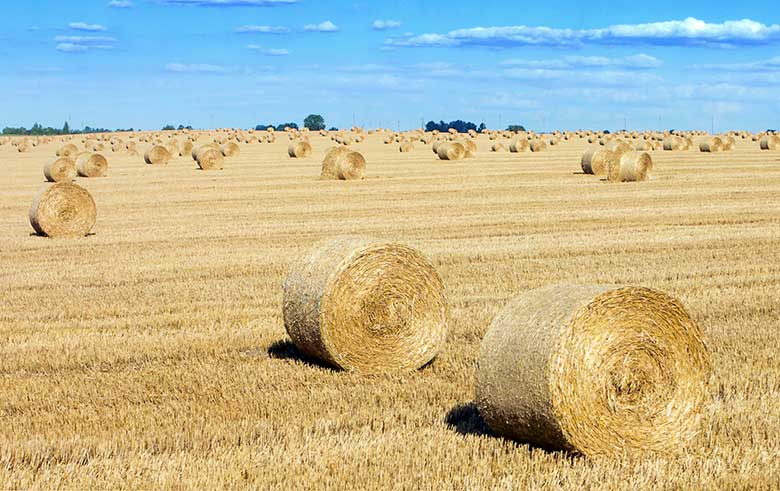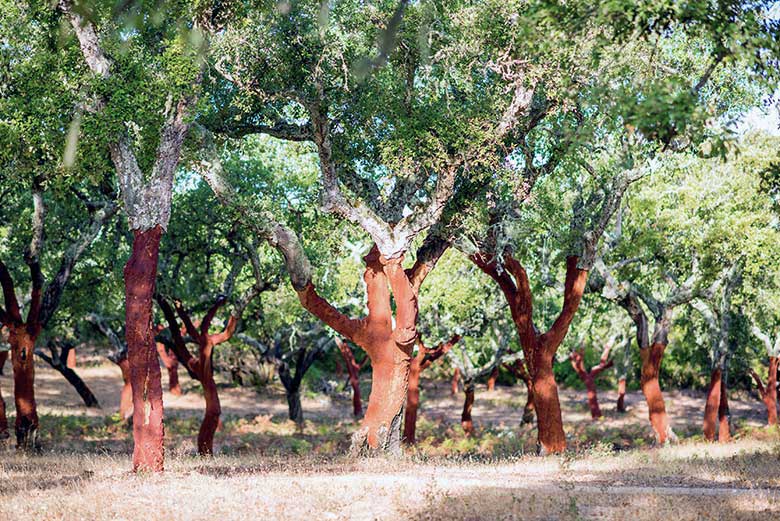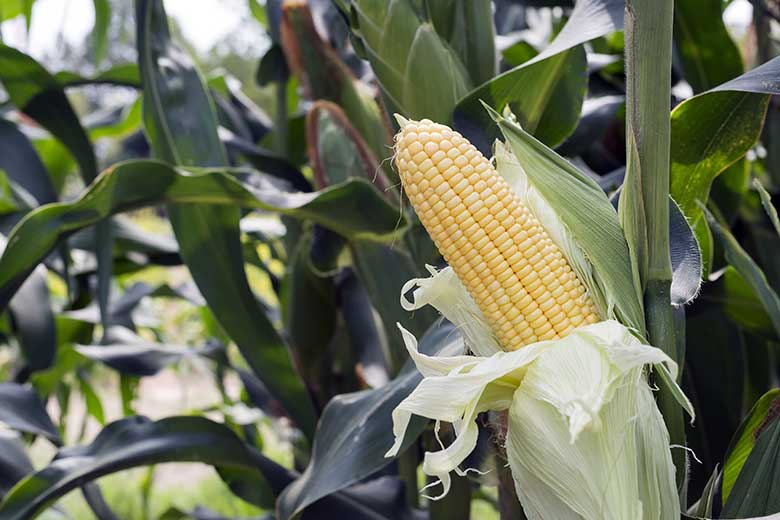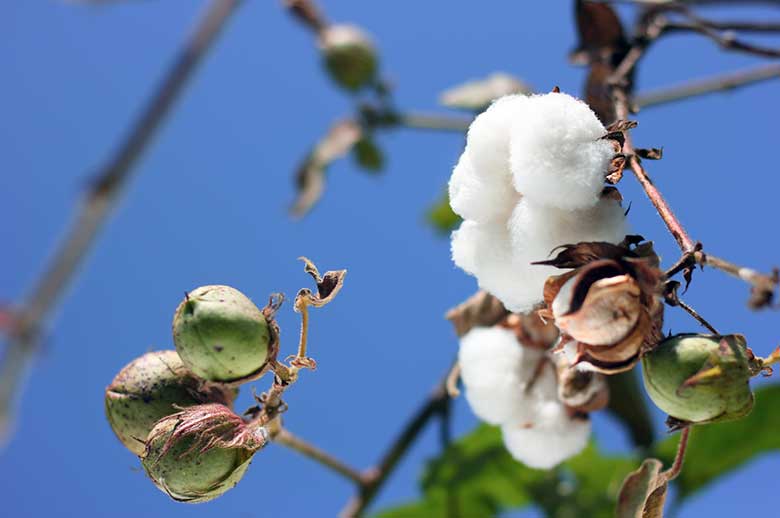Choosing renewable materials = relying less on non-renewable sources.
That, in turn, translates into more efficient use of resources, less carbon emissions, and a better conserved planet. We are pleased to introduce the top 5 rapidly renewable materials, all of which have a harvest cycle that's under 10 years, and replenish quickly after each harvest.
B A M B O O

Bamboo is probably the most well known renewable material, and it has long been valued as an alternative to wood.
Currently growing on all continents except Antarctica, bamboo can be harvested every 2 to 5 years without damaging its root system or the surrounding environment - in contrast, hard timbers take decades to mature.
Even better, bamboo grows on its own. It needs only 1/3 of the water that a cotton plant needs to grow, and no pesticides or fertilizer.


A G R I F I B E R

Agrifibers are by-products of crops, including but not limited to cereal straw, sugarcane bagasse, sunflower husk, and walnut shell. They are inexpensive, readily available, and strong under compression. Processed and mixed with resin, agrifiber boards have very similar characteristics to wood boards, but agrifiber boards are lighter, more stable, available at competitive prices, and have a smaller environmental impact.
C O R K

Cork is harvested from the bark of cork oak trees every 9 years. A tree can live up to 300 years and supply cork for many generations. Cork oak forests extend across Portugal, Spain, Algeria, Morocco, Italy, Tunisia and France, supporting one of the world's highest levels of forest biodiversity, second only to the Amazonian Rainforest.
C O R N

More than just a food staple, corn provides substitutes for petroleum feedstocks. Comparing to gasoline, the average corn ethanol reduces greenhouse gas emissions by 34%, making it one of the best tools to fight air pollution from vehicles. The poly-lactic acid derived from corn starch is also a biodegradable polyester and a plastic substitute.
C O T T O N

Finally, cotton is a natural, renewable fiber that does not contribute to net green house gas emissions. To produce the equivalent amount of fiber, cotton requires only 1/5 of the land required by wool, and 1/20 of the land required by silk. In addition, cottonseed can be converted into biodiesel or used for the feeding of livestock.
Shop our collection of cotton textiles, hand-spun and hand-woven by artisans from eight countries around the world.
